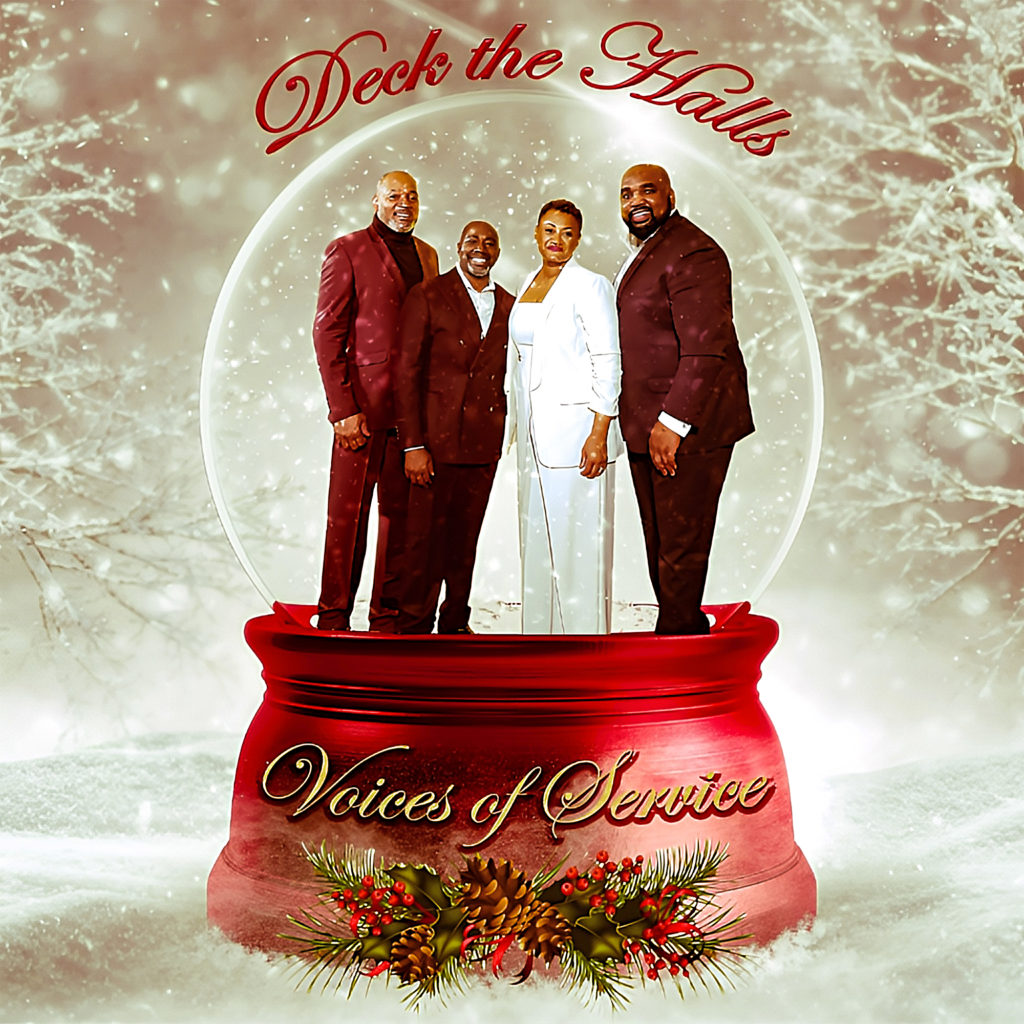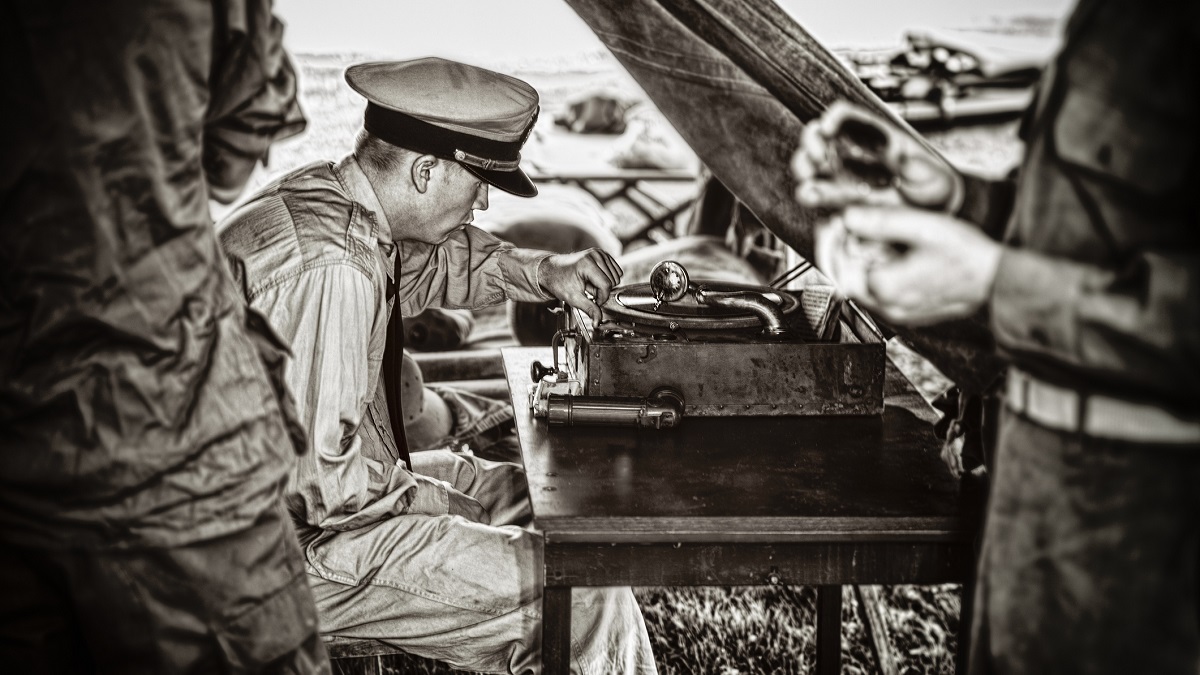Military Theme Songs - "U.S. Air Force" is the official song of the United States Air Force, adopted in the late 1940s, and is often referred to as "Wild Blue Yonder."
Originally the song was called "Army Air Corps." Robert MacArthur Crawford wrote the first verse and basic melody line in May 1939.
Military Theme Songs

During World War II, the service became "Army Air Forces" due to the name change of the First United States Army Air Force in mid-1941, and the song title changed to accommodate it.
List Of The Best Military Tv Shows, Ranked By Fans
In 1947, when the Air Force became a separate service, the number was renamed "US Air Force".
As the Apollo 15 Lunar Module Falcon lifted off from the moon on August 2, 1971, astronauts and Air Force pilots David Scott and James Irwin performed a pre-recorded song.
In 1937, Assistant Chief of the Air Corps Brig. G. Hry H. Arnold urged Air Corps Commander Maj. G. Oscar Westover, that the Air Corps needed an official song that reflected their unique identity in the same way as other military services, and proposed a song contest. prize for the winner. However, the Air Corps has no control over the budget and cannot provide a grant. In April 1938 Bernarr A. Macfadd, publisher of Liberty magazine, stepped in and offered the winning composer a $1,000 prize, stating that the song should be a simple "harmonic arrangement," "within the confines of [a ] untrained composer. . voice", and beat him in "time of military order".
More than 700 compositions were collected and evaluated by a volunteer committee of Air Corps women with musical backgrounds chaired by Mildred Yount, the wife of Brig. G. Barton K. Yount. The committee had until July 1939 to make a final decision. However, word spread that despite many attempts, the committee could not find a single number that satisfied them. Arnold, who became Chief of the Air Corps in 1938 after Westover was killed in a plane crash, put direct questions to professional producers and the trade press, including Meredith Willson and Irving Berlin, but even Berlin was not pleased, although it was used as the title track from Moss Hart's 1943 play Winged Victory.
It's Not A Banger': Response To Space Force Official Song Is Less Than Stellar
Two days before the deadline, music instructor Robert Crawford, a retired World War I air pilot and professional singer known as the "Flying Baritone", personally recorded a recording of his attempt, which turned out to be a unanimous winner.
Ms. Yount recalled that Rudolph Ganz, guest conductor of the National Symphony Orchestra and adviser to the committee, immediately favored the winner.
The rules of the competition required the winner to submit their test in writing, and Crawford complied immediately. However, the original title, What Do You Think of the Air Corps Now?, was soon officially changed to The Army Air Corps. Crawford himself sang the song publicly on national radio for the first time since the National Air Races in 1939.

Not everyone likes the song. At a dinner in September 1939, Mrs. Yount played a song to Charles Lindbergh and asked for his opinion. He responded well to Yount, but years later remarked in a memoir, "I think it's mediocre at best. Neither the music nor the words are right for me." Arnold did not share Lindbergh's plan: he sought to fund the group's publishing and musical arrangements of music for national distribution. However, the Air Corps did not have enough money to publish the song, so Crawford arranged for the song's copyright to be transferred to New York music publisher Carl Fischer Inc., with a permanent release credited to the United States Air Force.
Airwolf Theme (from \
In addition to the United States Air Force National Anthem, there are many other songs occasionally used by the Air Force locally and nationally at public events. However, none of them are recognized as "Air Force songs". One song in particular, "M in the Air Force Blue", written and copyrighted in 1966, was for a time a favorite among Air Force people at home and abroad in the mid-1960s and early 1970s. The song was written by Eve Lawson, wife of Technical Sergeant Lawrce E. Lawson, while stationed at Niagara Falls. He first sang the song locally, but soon he was performing at several public events for the Air Force in Washington D. wrote him a letter thanking him for the impact of his music and work. The music began to gain a wider following with appearances by Eve Lawson on local and national radio and an appearance on Liz Dribb's television program Dealing for Dollars.
Usually only the first verse is performed, although performances may have all four verses performed. The song is often sung at Air Force-related activities and is sung before physical training (PT) by basic trainers at Lackland Air Force Base. While not the Academy's official fight song, the song's first verse is also commonly played at United States Air Force Academy sports games and other university occasions, such as orientation.
The third verse ("Here's a toast...") has a different melody and a more upbeat mood than the rest of the song to commemorate those who have fallen in the service of the Air Force and the United States. This verse is sometimes performed without saying goodbye to the rest of the verses. The third wing sings itself after various possibly academy sports, including band Cadet Wing participating after a football game. It is sung in conjunction with the Army's Alma Mater and the Navy's Blue and Gold, which teams join to participate in the singing of both universities' national anthems. The third verse is also traditionally sung by middle and high school students as a graduate to honor a fellow student or graduate's record.
On February 27, 2020, we updated the third verse to honor all women and men serving in the USAF. In the words of USAF General David L. Goldfein (Chief of Staff of the United States Air Force; USAF Academy Class of 1983), this "new version of the third verse ... best reflects the realities of power today by celebrating all those who is - and will arise to serve."
Songs Of The Armed Forces (1 Piano, 4 Hands) By R
The third line: from "To frid a sd the message of your brother m who flew" to "To a frid a sd the message of the heroes loved up high."
Sixth line: from "A toast to the military I'm proud of, the United States Air Force!" to "A toast to the military of those we are proud of, the United States Air Force!"
Goldfein hinted at future changes to this announcement stating "we will also strongly consider whether further updates may be supported for other verses of the song."

As of May 29, 2020, all Air Force track positions have been updated. A kedemt official said these changes "complete a two-step process revising gender-only criteria to increase the dedication, high standards and central role of women in every part of the U.S. Air Force. Crocodile."
Military Is Asked To March To A Less Expensive Tune
First verse on the fourth line: "Have em boys, Give 'er a gun!" of "Give 'em now, give 'em the gun!"
Second verse on the first line: "Hearts that I form a thunderbolt", to "Hearts that light a thunderbolt",
Second verse on the third line: "The hand with which I leave the world;" to "Brave hands destroyed the world in pieces;"
Second verse on line five: "Spirits dream of heaven to conquer" to "Infinite souls dream of heaven to conquer"
Songs About Missing Someone You Love
Fourth stanza on line five: "Fly m, hold the land border", to "Fly to fight, hold the land border",
After the first change on May 20, 1941 of the name of the US Air Force from "Army Air Corps" to "Army Air Force(s)", and after World War II 1947 the establishment of a separate "US Air Force", an attempt to change the sixth line of each stanza so that the last word rhymes with "force" instead of "corps". Now, "Kill with a mighty roar!" became "Kill on one helluva course!"; "Give us wings, forever to soar!" become "Give us wings all means!"; and "We'll be there, followed by more!" become "We'll be there, forever on the field!"
These changes appeared in a 1972 edition of the USF Air Force Customs and Courtesy publication, but were never popular, and the lyrics were later reluctantly returned in later editions.

The unofficial anthem of the Air Force, "U.S. Air Force Blue", was written in 1956 by Marilyn Scott and Keith Textor,
All The Songs On The Netflix Space Force Soundtrack
Specialized in providing music for radio and television commercials. It was sung by the Air Force Base Choir of Parks Air Force Base, California, at SAC's 25th anniversary on The Dave Garroway Show in 1956, and broadcast as an article in an Air Force News newsreel.
Military theme songs medley, military theme park tickets, free military theme park tickets, us military theme songs, military theme songs lyrics, military theme, military theme party, military discount theme park tickets, military discounts theme parks, free military theme parks, military wordpress theme, military theme fabric
0 Comments